Código
RC103
Área Técnica
Neuroftalmologia
Instituição onde foi realizado o trabalho
- Principal: Universidade Federal do Ceará (UFC)
Autores
- GABRIEL DE ALMEIDA MONTEIRO (Interesse Comercial: NÃO)
- Luis Eduardo Oliveira Matos (Interesse Comercial: NÃO)
- Paulo Roberto Lacerda Leal (Interesse Comercial: NÃO)
Título
LATE EXOPHTHALMOS PRESENTATION SECONDARY TO A POST-TRAUMATIC CAROTID-CAVERNOUS FISTULA: A CASE-BASED UPDATE
Objetivo
Carotid-cavernous fistula (CCF) is a rare abnormal arteriovenous shunt between the carotid arterial system and the cavernous sinus, which can be secondary to a traumatic internal carotid artery (ICA) injury. Herein, we report a late presentation of a post-trauma exophthalmos caused by this vascular malformation with the objective to relate and discuss this rare and relevant condition.
Relato do Caso
A 38-years old man with a history of traumatic brain injury 6 months ago presented with a massive right exophthalmos associated with intense epistaxis, dizziness and headache. Ophthalmological exam after clinical stabilization revealed proptosis, right eye movement limitation, complete right visual acuity loss and unreactive right pupil. Magnetic Resonance (MR) Angiography showed important dilatation of right superior ophthalmic vein and a vascular frontal-ethmoidal-orbital arteriovenous shunt suggestive of CCF. Cerebral Angiography (CA) confirmed a CCF due to a right ICA pseudoaneurysm rupture in the intracavernous segment. Subsequently, the patient underwent endovascular treatment, evolving with satisfactory improvement of the neuro-ophthalmological symptoms.
Conclusão
CCF are rare complications of traumatic carotid injuries (3% of cases), which usually appear a few weeks after trauma, different to this case, which presented after 6 months. The main clinical of the patients is usually exophthalmos associated with visual loss and ophthalmoplegia. CA is considered the gold standard for diagnosis, despite other vascular imaging modalities, such as MR Angiography can be useful. There is consensus that endovascular transarterial balloon occlusion constitute the preferred treatment to resolve the CCF, which should be done at the same time of diagnosis. Despite being a rare condition, post-traumatic CCF can lead to relevant neuro-ophthalmological sequelae if not well diagnosed and managed, having a well clinical response to endovascular treatment.
Número de protocolo de comunicação à Anvisa: 2022379801